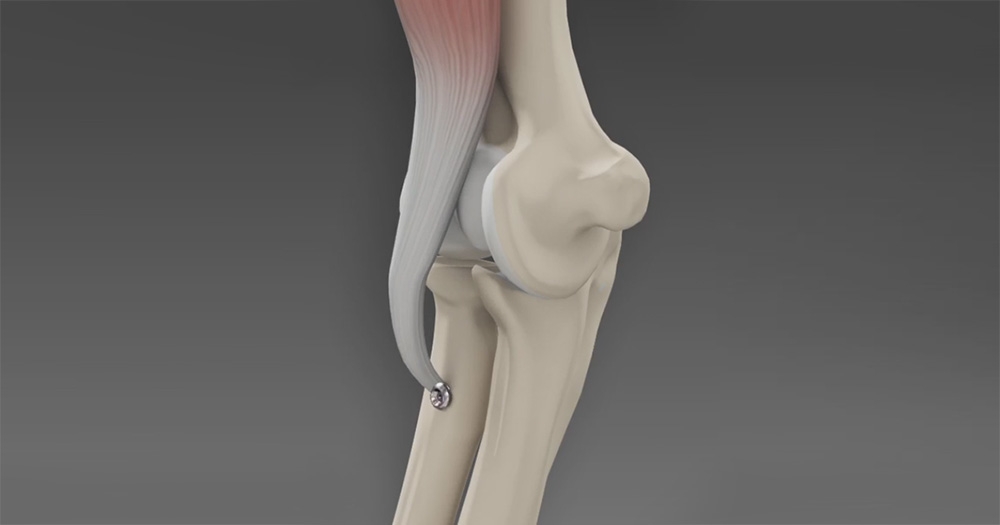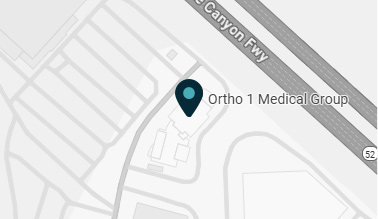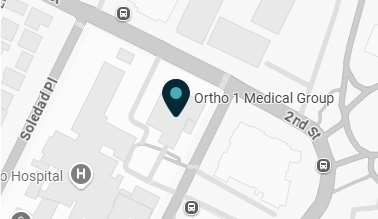Have you been told you require bicep tendon repair, but the thought of undergoing this specialized surgical procedure has you worried about what’s to come when the surgery is complete? You’re not alone.
At Ortho 1 Medical Group, with offices in San Diego, Chula Vista, Coronado, and La Jolla, California, we understand that the thought of undergoing an invasive procedure can be disconcerting — especially when you aren’t sure what the road to recovery looks like.
Our board-certified orthopedic surgeons specialize in treatments like bicep tendon repairs, and we’re committed to making sure that our patients are well informed and feel comfortable every step of the way. Keep reading as we break down what you can expect after your surgery.
What you need to know about bicep tendon repair
The bicep tendon attaches your bicep muscle to bones in your shoulder and elbow. When this tendon is injured, it can result in pain, weakness, and limited mobility. There are two main reasons you might need a bicep tendon repair, or biceps tenodesis:
- Bicep tendonitis: This inflammation of the tendon is commonly seen in athletes or individuals involved in repetitive overhead actions.
- Tendon tears: A rupture can be either partial or complete and usually results from sudden injury or long-term overuse.
When more conservative treatments aren’t effective, or if the tendon tears completely away from the bone, your Ortho 1 Medical Group provider recommends this surgery to restore function with the best outcomes.
The method used for repairing the bicep tendon often depends on the severity of the injury and your overall health. In most cases, it involves re-anchoring the torn tendon back to the bone.
This procedure can be done through traditional open surgery or minimally invasive arthroscopy. Your Ortho 1 Medical Group surgeon walks you through the approach and steps of the surgery based on your unique situation.
What you need to know about life after bicep tendon repair
Once your surgery is over, your arm will likely be in a sling to make sure your tendon heals in the right position. Mild pain and swelling are to be expected, as after any surgical procedure. But don't worry: Your surgeon recommends medications to manage any discomfort.
You’ll also receive personalized post-surgery instructions detailing incision care, what you can do, and what you should avoid. It's important to follow your provider's instructions, and if you have any questions, be sure to ask or call.
About a week after surgery, most patients begin physical therapy. This is an important step to restoring your strength and flexibility. At first, you can expect gentle stretches and movements. As you progress and your tendon heals, you’ll move to more challenging activities.
The good news is that most patients can return to light daily activities within two to three weeks after their procedure. However, you can expect to keep heavy lifting or strenuous tasks on hold for a bit longer. A full recovery usually takes four to six months.
Keep in mind that these are general guidelines. Your provider offers specific instructions tailored to your situation and based on factors like age, overall health, and the severity of your injury.
The importance of personalized care
At Ortho 1 Medical Group, we know every body is unique, and so is every injury. This is why personalized bicep tendon repair care is important for ensuring you have the best outcome possible.
Our team understands that nothing replaces the expertise of an orthopedic surgeon who specializes in bicep tendon repairs. By discussing your concerns, getting your questions answered, and following a personalized treatment plan, you’re set up for the best possible recovery.
Get personalized information about what to expect after your bicep tendon repair by scheduling an appointment online or over the phone at Ortho 1 Medical Group at the San Diego area location nearest you.





















